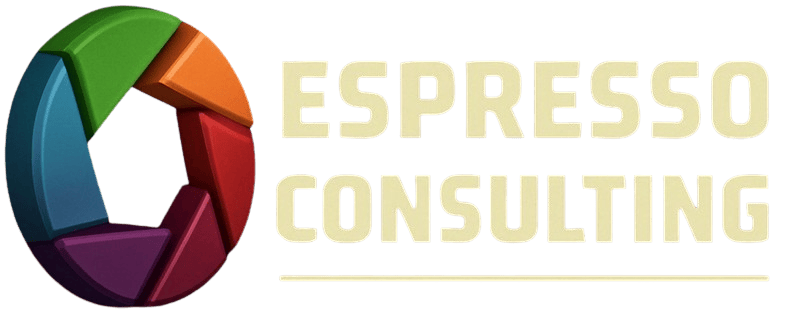In the journey of bringing an innovative product to market, two critical milestones often come into play: Proof of Concept (POC) and Minimum Viable Product (MVP). Though sometimes used interchangeably, these terms represent fundamentally different stages in the product development lifecycle, each with its own strengths and weaknesses.
What is a Proof of Concept (POC)?
A POC is a small project to test a specific hypothesis or idea. It answers the question, "Is this idea technically feasible?" A POC is not necessarily functional or ready for the market; its primary goal is to demonstrate the feasibility and potential of the concept.
Strengths of a POC:
- Risk Mitigation: It allows for testing the feasibility of a concept before significant resources are invested.
- Focus: A POC can hone in on a particular feature or idea without the distraction of broader business considerations.
- Speed: POCs can often be developed quickly to validate technical aspects or to explore new technologies.
Weaknesses of a POC:
- Limited Scope: It does not offer insights into the market viability of a product.
- No User Feedback: POCs typically lack user interaction, which means they don't provide information on user experience or demand.
- Potential Misalignment: It might not address the business model or user needs, focusing solely on technical feasibility.
What is a Minimum Viable Product (MVP)?
An MVP, on the other hand, is a version of a new product that allows a team to collect the maximum amount of validated learning about customers with the least effort. It is a functional product that includes the minimum features needed to satisfy early adopters and to provide feedback for future development.
Strengths of an MVP:
- Market Validation: It is designed to test business hypotheses and gather user feedback.
- Iterative Development: An MVP supports an agile approach, allowing for iterative improvements based on actual user data.
- Early User Base: It helps in building an early user base and in generating early interest in the product.
Weaknesses of an MVP:
- More Resources Required: Building an MVP usually requires more time and resources than a POC.
- Potential Quality Compromise: To reach the market quickly, some aspects like design or non-critical features may be compromised.
- User Perception Risk: If not carefully managed, an MVP could give early adopters a poor impression of the final product.
Choosing Between POC and MVP
The choice between developing a POC or an MVP depends on the specific goals and circumstances of the project:
POC might be preferred when:
- The technology is unproven or experimental.
- The goal is to secure internal buy-in or investment.
- The project is particularly complex or high-risk.
MVP might be preferred when:
- The concept is already technically validated, and market demand is uncertain.
- There is a need to establish a user base and market presence quickly.
- The focus is on learning from real-world use and feedback.
Conclusion
While both POCs and MVPs are integral to the solution development process, they serve different purposes and are appropriate at different stages of product development. A POC is best suited for validating the technical feasibility of a concept, whereas an MVP is the first step in iterative product development based on user feedback and market demand. Understanding the strengths and weaknesses of each can help businesses and developers make informed decisions about how to proceed with their product development strategies.

